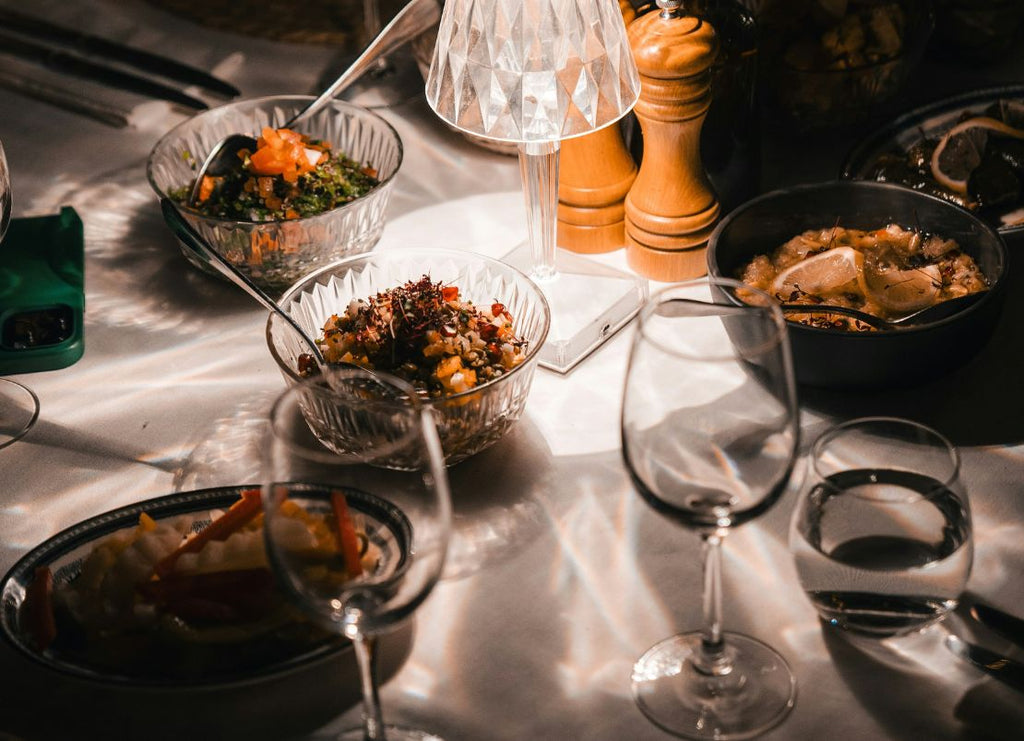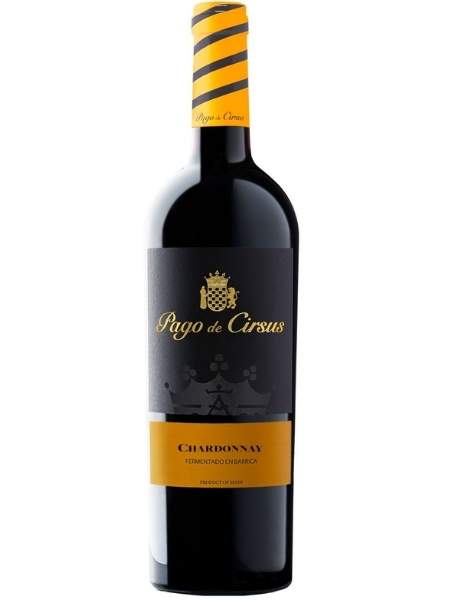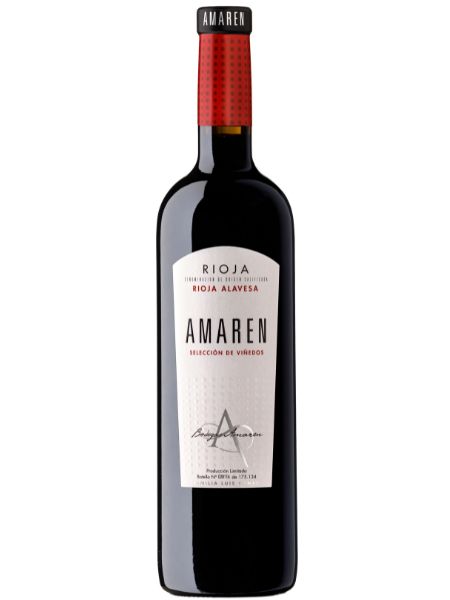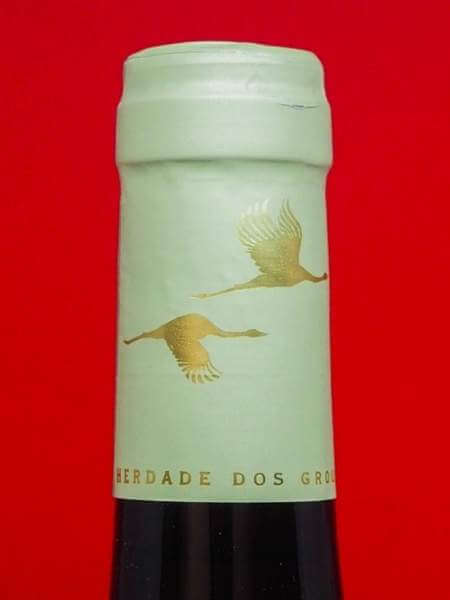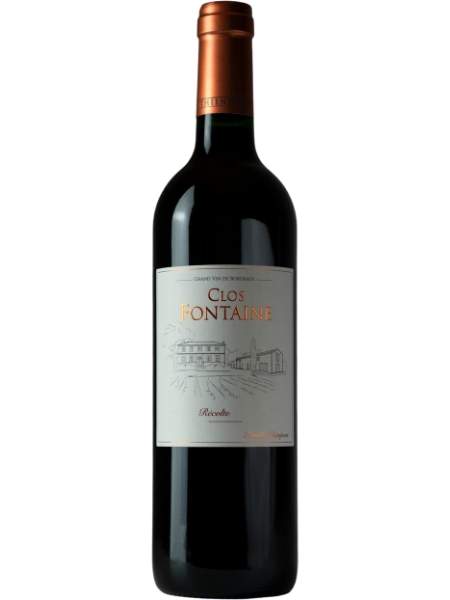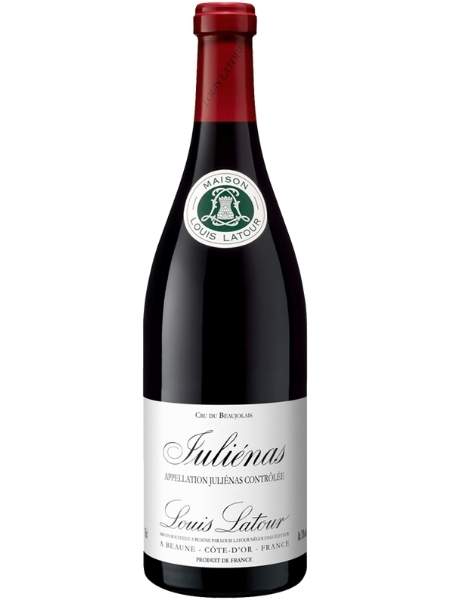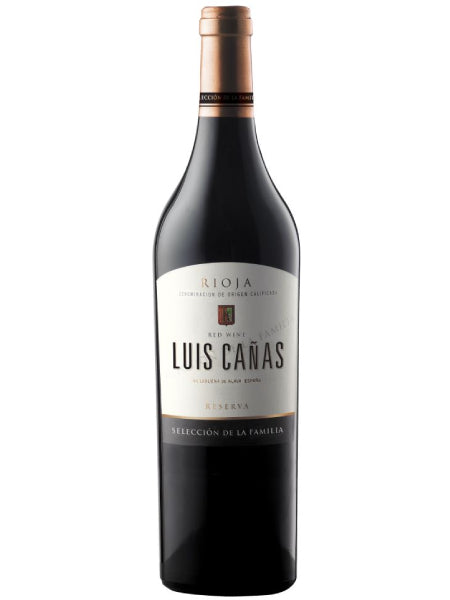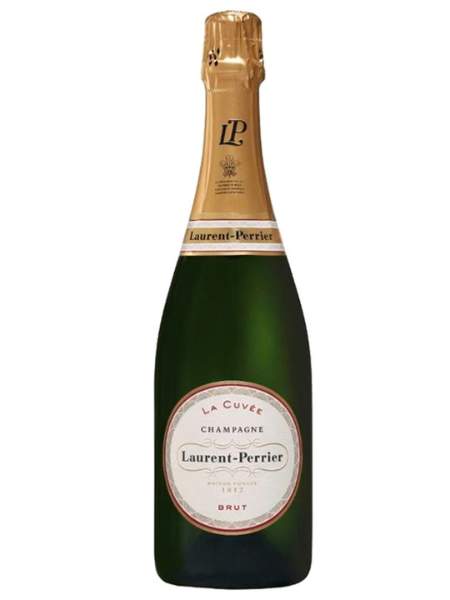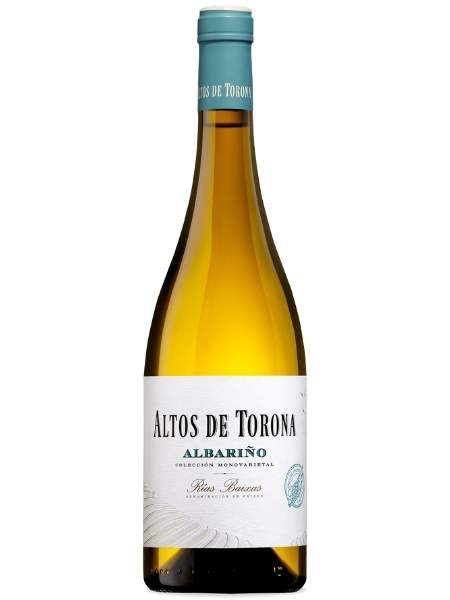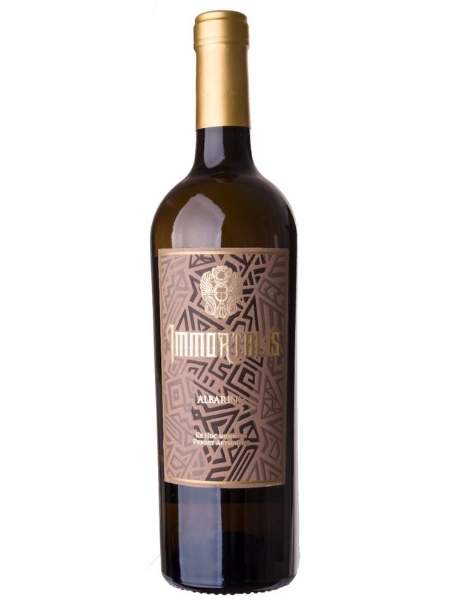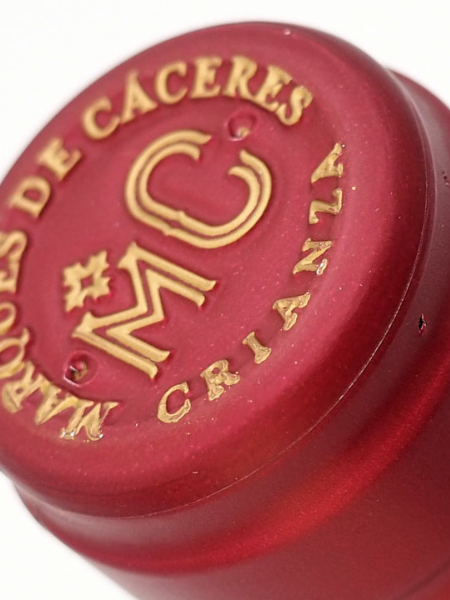
How Wine Corks Are Made: A Detailed Guide

Wine corks play an essential role in preserving the quality and flavor of the wine. These small, unassuming stoppers are carefully crafted to maintain a perfect seal, preventing unwanted air from entering the bottle and ensuring the wine's characteristics remain intact. In this comprehensive guide, we'll delve into the fascinating process of how wine corks are made, revealing the steps from bark harvest to bottle seal.
Introduction: Unveiling the Art of Crafting Wine Corks
When we uncork a bottle of wine, we rarely consider the journey of the cork itself. Crafting a wine cork is an intricate process that combines traditional craftsmanship with modern precision. Each cork must be carefully manufactured to guarantee the wine's longevity and taste. In this article, we'll explore the step-by-step process, the materials used, and the craftsmanship behind creating these vital components of wine preservation.
How Wine Corks Are Made
Wine corks are made through a meticulous process that requires attention to detail and quality. Let's take a closer look at how wine corks are made:
Bark Harvesting: A Sustainable Beginning
The process begins with the careful harvesting of cork oak bark. These trees, predominantly found in regions like Portugal and Spain, provide a sustainable source of cork. The bark is harvested every nine to twelve years, allowing the tree to regenerate its protective layer. This method ensures the longevity of cork oak forests and the continuity of cork production.
Boiling and Cleaning: Ensuring Purity
Once harvested, the cork bark is boiled to remove impurities and soften the material. Boiling not only cleans the bark but also makes it more pliable, allowing it to be molded into corks of various sizes. After boiling, the bark is left to dry and then sorted based on quality.
Punching the Corks: Precision Manufacturing
The dried and sorted cork bark is now ready for transformation into wine corks. Specialized machines punch out cork discs from the bark sheets. These discs are punched with incredible precision to ensure uniform size and shape, critical for creating an airtight seal in the wine bottle.
Agglomeration and Treatment: Enhancing Quality
To create technical corks, smaller cork pieces are mixed with an adhesive and then molded into shape. Natural corks, on the other hand, are often left whole. The corks undergo various treatments, including sterilization and washing, to eliminate any remaining impurities that could affect the wine's taste or aroma.
Quality Control: Assessing Perfection
Crafting the perfect wine cork demands rigorous quality control. Each cork is meticulously examined for flaws, inconsistencies, or imperfections that could compromise the seal. Modern technology, such as laser scanning, ensures that only the highest-quality corks make the cut.
Printing and Branding: A Mark of Excellence
Before sealing a bottle of wine, many corks receive branding or printing. Wineries often choose to print their logos, names, or other relevant information on the cork. This step not only adds a touch of elegance but also serves as a mark of authenticity and origin.
Sealing the Bottle: Safeguarding Flavor
The final step in the journey of a wine cork is sealing the bottle. The cork is inserted into the neck of the wine bottle, and a specialized machine compresses it to create an airtight seal. This seal prevents oxygen from entering the bottle, protecting the wine's flavor and characteristics as it ages.
FAQs about Wine Cork Production
Are all wine corks made from natural cork?
Yes, there are two main types of wine corks: natural cork and technical cork. Natural corks are made from whole pieces of cork bark, while technical corks are composed of smaller cork pieces mixed with adhesive.
How long can a wine cork maintain the bottle's seal?
A high-quality wine cork can maintain an airtight seal for several years, allowing the wine to age gracefully. However, over time, the cork's elasticity may decrease, potentially leading to a compromised seal.
Why do some wineries use synthetic corks or screw caps instead?
While traditional corks are popular, some winemakers opt for synthetic corks or screw caps. Synthetic corks offer consistency and prevent cork taint, while screw caps provide a convenient and effective seal, particularly for wines meant to be consumed young.
Can a damaged cork affect the wine's flavor?
Yes, a damaged or low-quality cork can lead to issues like oxidation or cork taint, negatively impacting the wine's flavor and aroma. This is why wine producers prioritize high-quality cork selection and manufacturing.
What is cork taint, and how does it happen?
Cork taint, often caused by a compound called TCA, can impart undesirable flavors and aromas to wine. It can occur when natural cork comes into contact with chlorine compounds. Rigorous quality control measures help minimize the risk of cork taint.
Are there any sustainable practices associated with cork production?
Absolutely. Cork oak trees are not cut down during harvesting; only their bark is removed. This sustainable practice allows the trees to regenerate their bark, making cork production an environmentally friendly industry.
Conclusion: Crafting Excellence in Every Cork
The art of making wine corks combines tradition, innovation, and dedication to quality. From the sustainable harvesting of cork bark to the precision manufacturing and final sealing, each step contributes to the preservation of wine's integrity. Understanding the craftsmanship behind wine corks adds another layer of appreciation to the world of oenophiles. So, the next time you uncork a bottle, remember the journey that tiny cork has taken to ensure your wine's exceptional taste.
Discover all of our wines in our wine store!



